When painting or drawing we are creating a static artwork. Yet many artists managed to create the illusion of movement when you look at their artworks.
In this tutorial we will look at 10 ways that you can use to also fool the viewer’s eye into thinking they can see movement in your artworks.
The first thing to realise is that because we can’t add actual movements to our artwork, we will need to imply movement.
In other words we will show the moving objects in such a way that your brain only normally sees them like that when they are moving.
If you can create this effect in your painting, it will look fabulously alive and you are guaranteed to get lots of Wows and compliments.
1) Action Pose
The first of these methods is to place the figure in a pose only normally seen when moving.
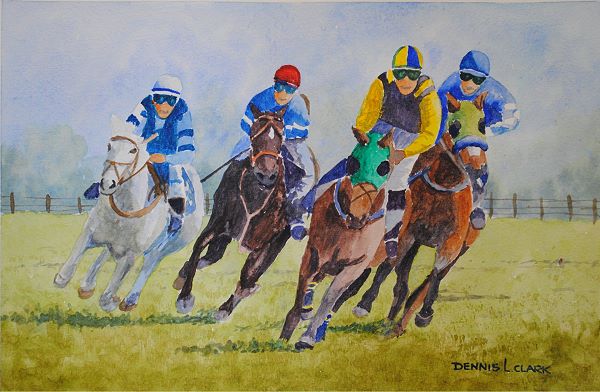
In this painting you know these horses are racing because of the way their feet are positioned, their angle tells you they are running around a bend. The pose of the jockeys also tell you that their horses are at full gallop.
In other words the pose has told us a lot of things. We know where these horses are running, in which direction they are running and at what speed.
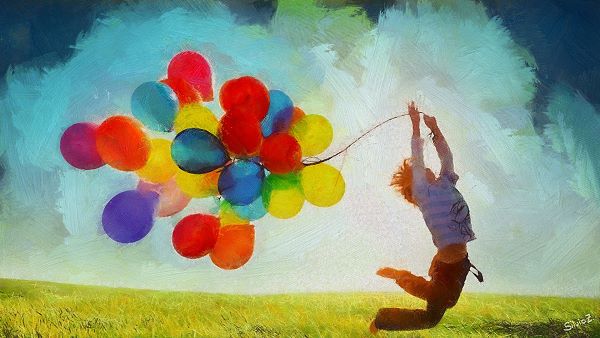
In this artwork we know the boy is jumping because of his pose. The balloons have been posed behind him which tells you that he is jumping forward.
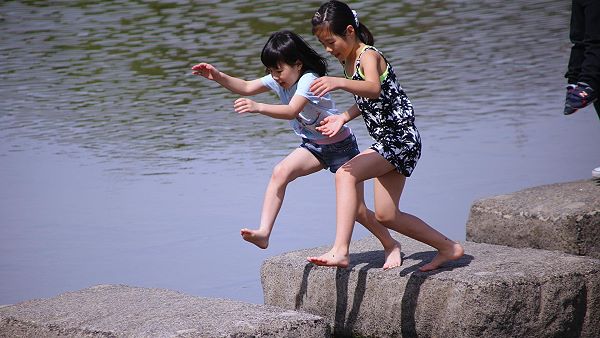
In this photograph the pose of the little girls is only possible when they are jumping forward so we automatically know that they are jumping forward implying that movement.
2) Perspective Repetition
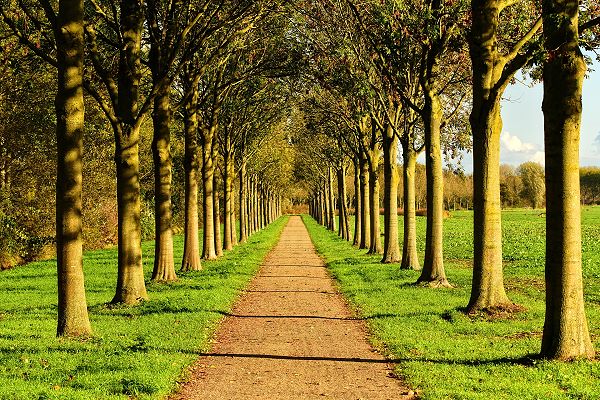
Here is an interesting movement illusion. Take a look at this photo. There is clearly nothing moving in the scene, yet you still get the sense of moving into the scene.
The trick here is to use perspective repetition by repeating same or similar objects into the distance while applying perspective to those objects.
As these similar objects get smaller due to perspective it fools your brain into thinking it is moving forward.
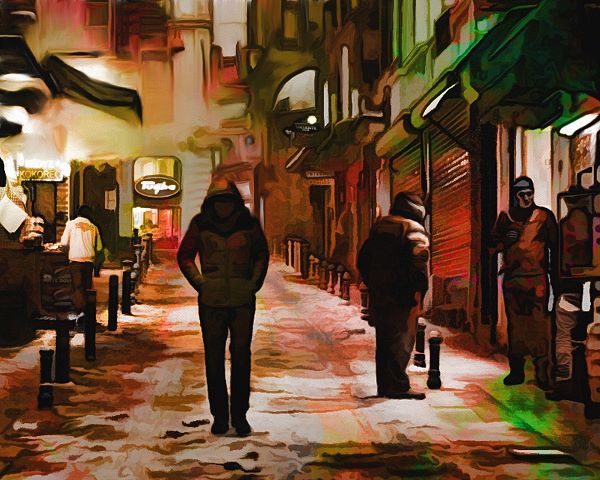
In this artwork it is the repeating vertical lines making you feel like you are walking up the street.
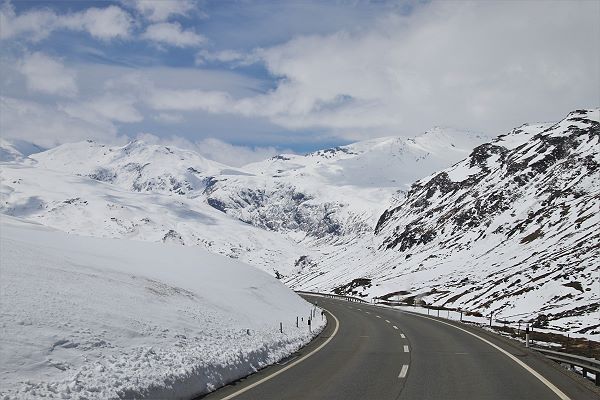
And in this photo it is the perspective repetition of the dashed centre lines making you feel like you are busy taking the corner.
3) Airborne Objects
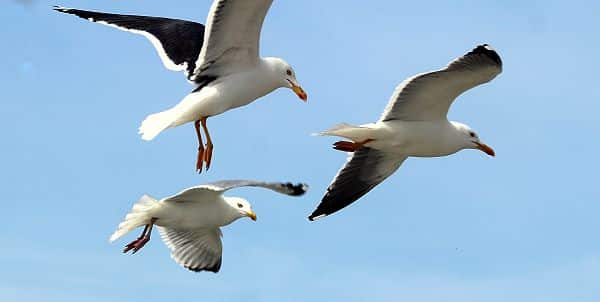
Due to gravity most things that are in the air are in motion so when you see something in the air your brain automatically assumes it is in motion.

Take a look at this graphic. All it is is a series of teardrop shapes at various angles. Yet when you look at them you get a distinct sense of movement because your brain is telling you they are balloons floating through the air.
In other words your brain has completed the illusion for you.
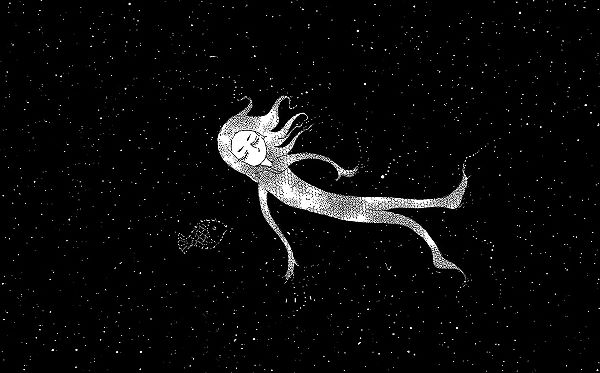
Here the artist has used the airborne effect to create a very effective surreal scene.
4) Perpetual Motion
Some things in nature never stop moving like the sea. If you paint them you automatically convey a sense of movement.
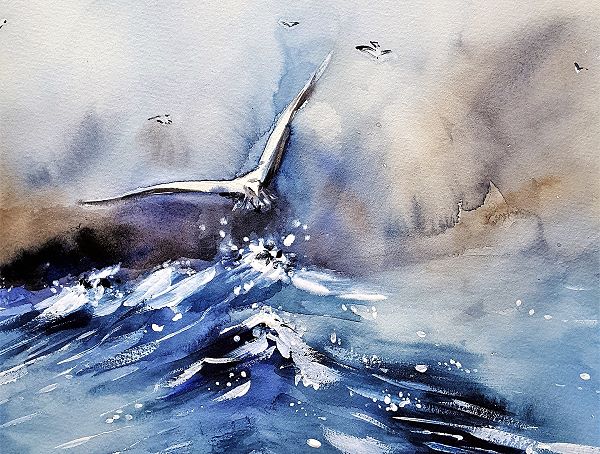
Here the artist has used the perpetual motion effect along with an airborne object to create an artwork with incredible movement.
It isn’t however just the sea that is perpetually moving.
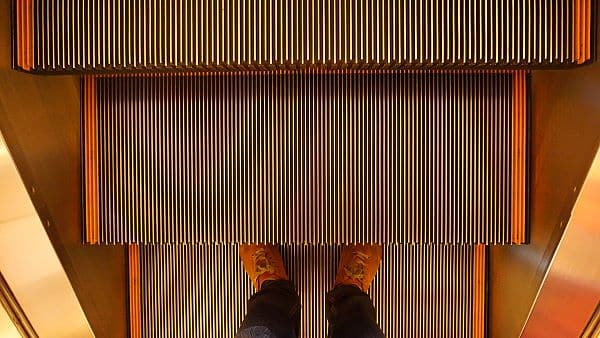
Here you know that the person is moving because they are on an escalator. By looking at the direction of the feet you even know that this person is going up.
5) Result of Movement
The next way to create the illusion of movement is to show the result of movement.
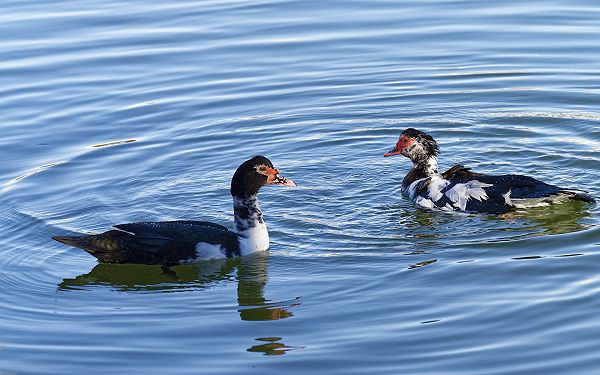
An example of this would be the water ripples around these ducks. You know the water ripples are there because the ducks are paddling their feet underneath the water.
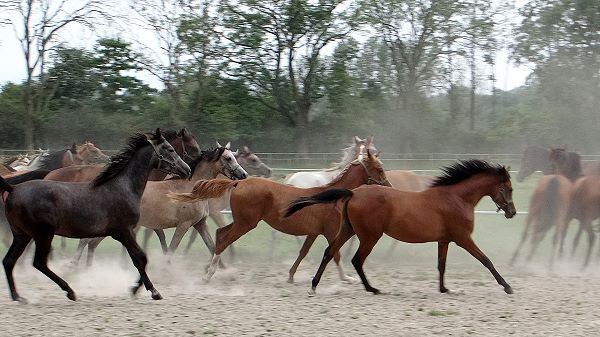
Another example is that dust being picked up as these horses run past. The dust tells you it is the horses that are moving.
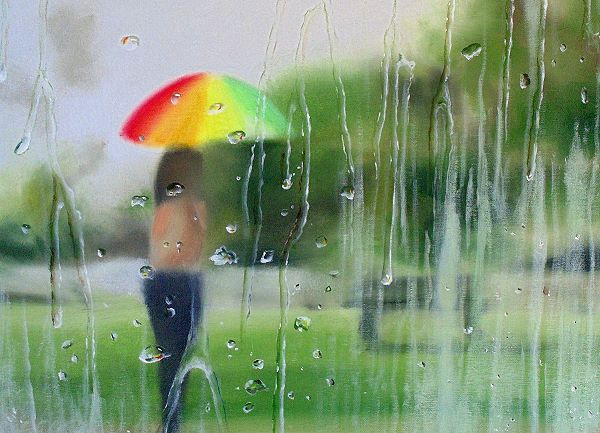
In this painting the drops on the window imply there is movement outside due to the rain.
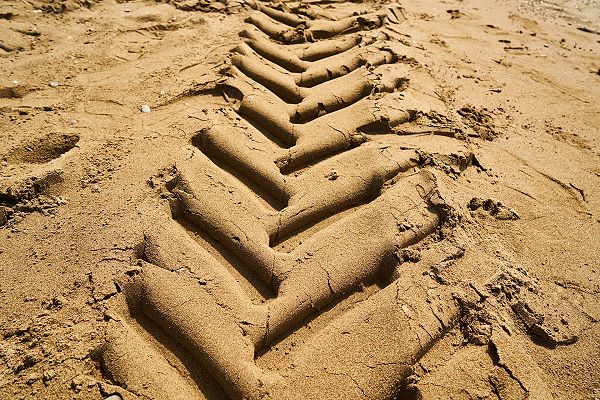
These tracks in the road are a result of movement so also convey a sense of motion even though the motion has already happened.
6) Leaving a Trail
Lots of things that move leave a trail or show up as vapour.

Here you can tell the plane is flying because it is suspended in the air. You can however also tell what path the plane flew due to the trail it has left.
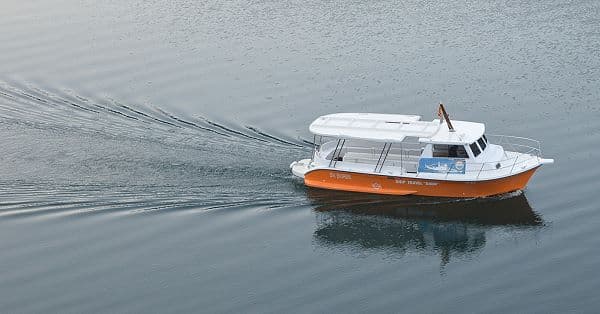
The same goes for the wake of this boat.
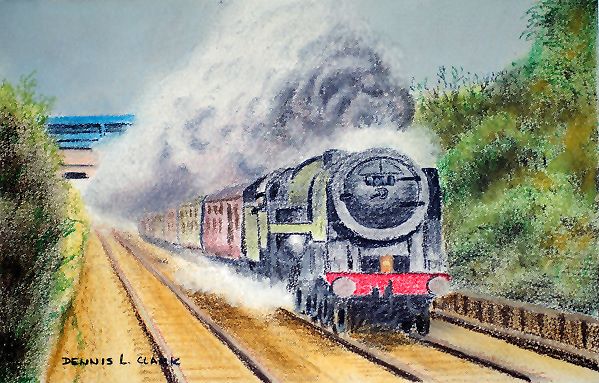
In this painting the smoke trail left by the train indicates movement.
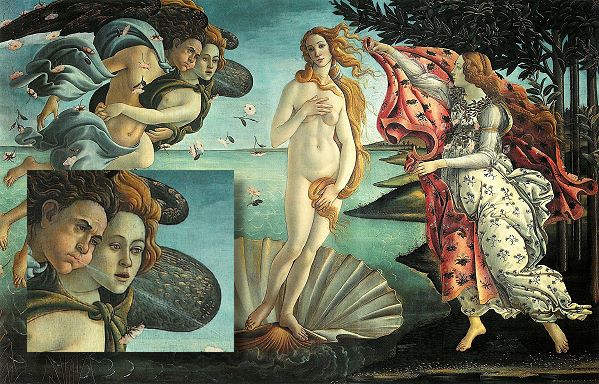
You can also use this effect to show invisible movement like the movement of air.
In his painting The Birth of Venus, Botticelli indicates that the god of wind, Zephyr is blowing her to shore using a vapour trail.
7) Motion Blur
Motion blur is something that happens when an object moves faster than your eye can see.
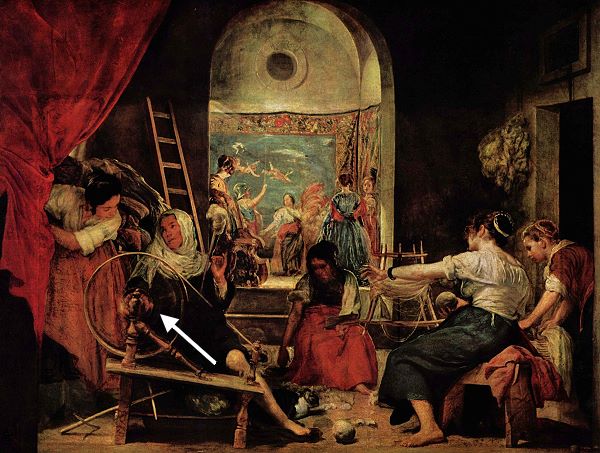
Although this technique was used hundreds of years ago already as you can see from this 1655 painting of The Spinners by Diego Valazquez.
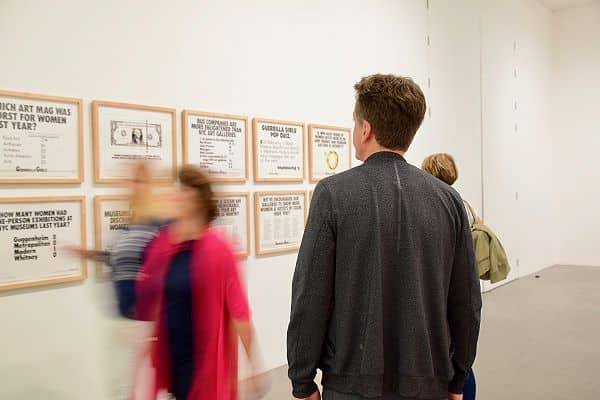
It has only really become popular since the advent of cameras because they show up motion blur more often as you can see in this photo.
You can create the illusion of movement in your artworks by adding motion blur to any moving objects.
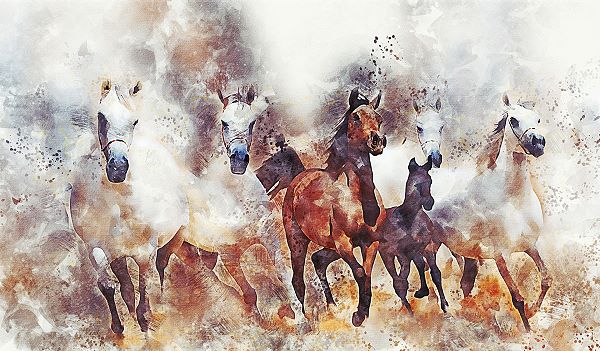
In this painting you will see that the white horses are not very defined to create a motion blur effect.
As your brain blocks out motion blur when you look around to prevent you from getting motion sickness, you well of ideally only use motion blur on secondary objects in your artwork.
Here you can see how the central brown horse does not have a motion blur effect and is the most defined of all the horses. As a result it becomes the focal point in this painting.
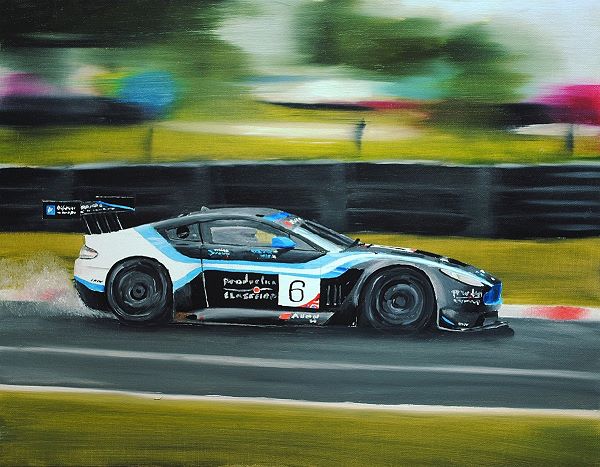
In this painting the racing car is the focal point so it is painted in full focus. To indicate the speed of the car, the background and foreground have been painted with motion blur.
8) Distortion
Many object’s shape will distort when they move. By painting this distortion you can create the Illusion of movement.
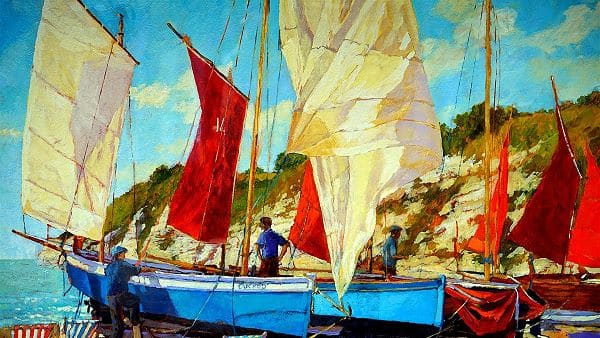
Here we can tell that the central sail is moving because of its distorted shape.
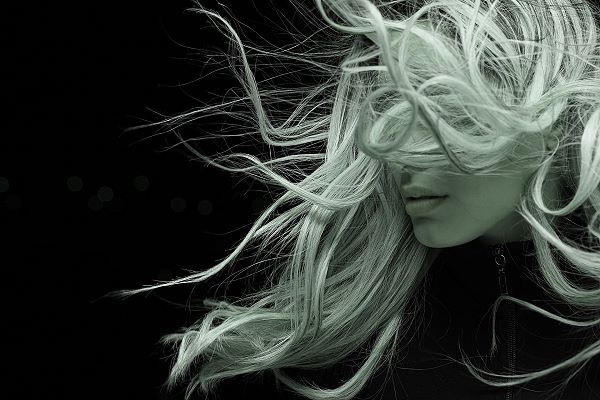
Other examples are hair blowing in the wind and grass bending in the wind.
9) Lines and Flow
For some reason our eye likes to follow a line. We can use this effect to create the illusion of movement in artworks.
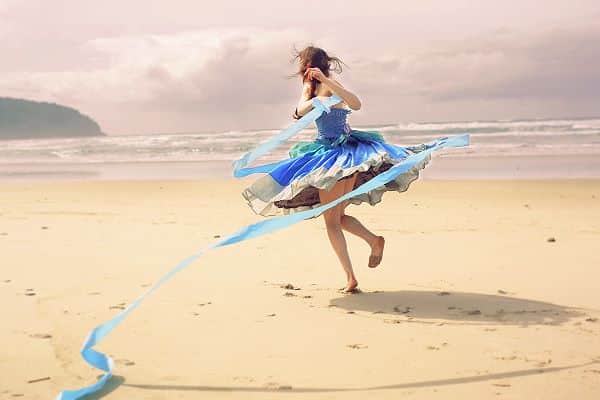
Here you can tell how the ribbon is moving because of the flowing line it creates.
Notice how your eye starts at the bottom of the photo and moves along the ribbon, following it’s path.
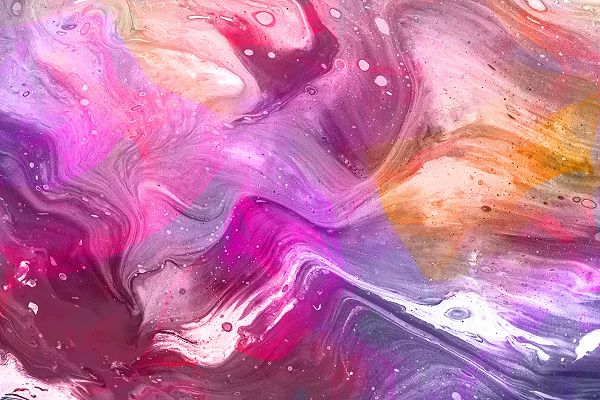
In this artwork the artist has used lines to create a sense of movement despite the fact that there is no actual objects in the painting.
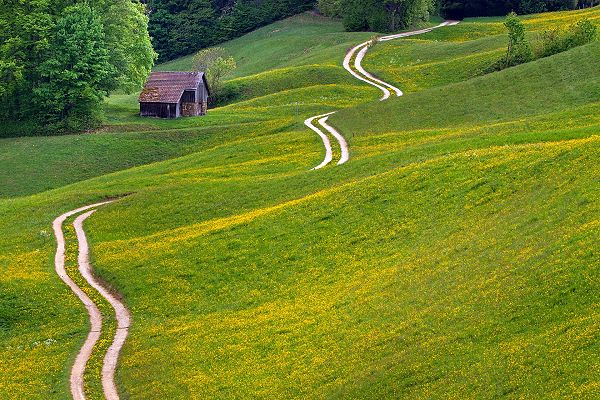
In this landscape the winding road also makes you meander into the scene creating a sense of movement.
10) Energy Lines
The last illusion we will look at is called energy lines.
This is when you use imaginary lines to indicate direction of movement in our artworks.
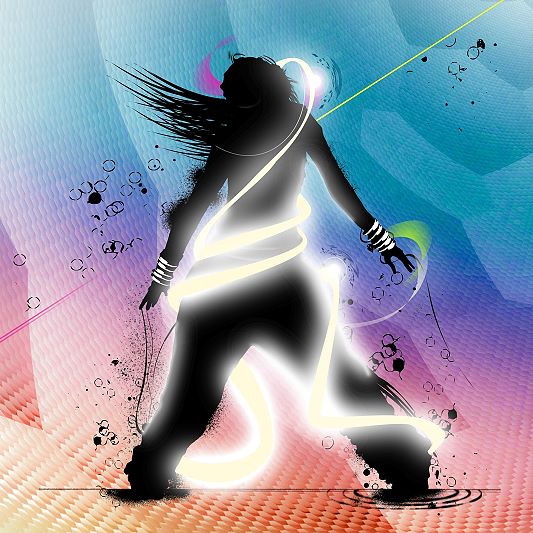
You can think of these lines as imaginary motion blur lines and can be very effective in conveying the illusion of motion.
They don’t need to be in your face either.
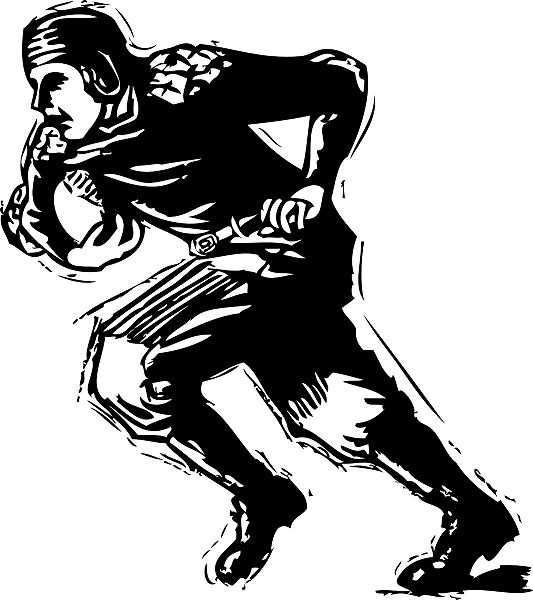
Here you can see how subtle the energy lines are, yet you can still sense the movement.
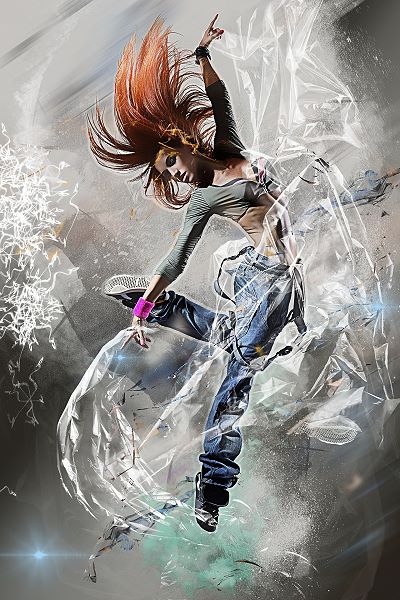
I find using energy lines are most effective when used creatively as part of the scene as you can see in this artwork.
Conclusion
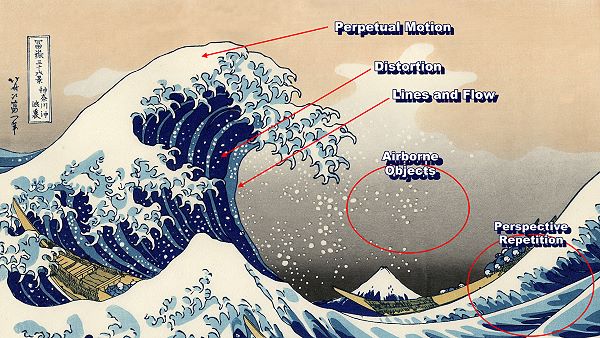
In summary I want you to look back over the previous photos and artworks. This time look at each and you will notice that often more than one of the illusion techniques are at play.
Bear this in mind when creating your artworks.
The stronger the sense of motion you can create in your artwork, the more dramatic it will appear.
To learn how to create the motion blur effect you can follow my Racing Car Painting Class.
Pin Me
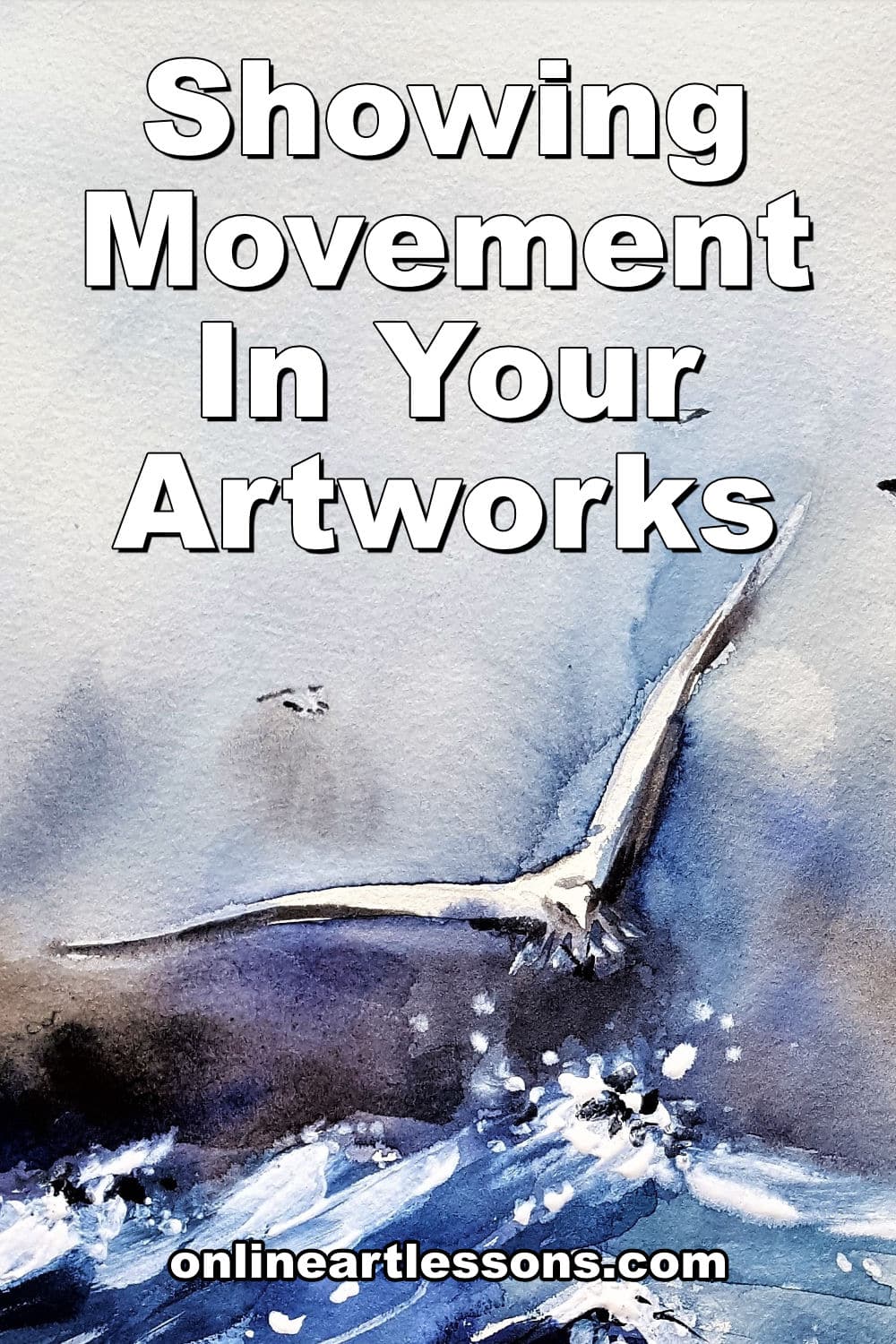
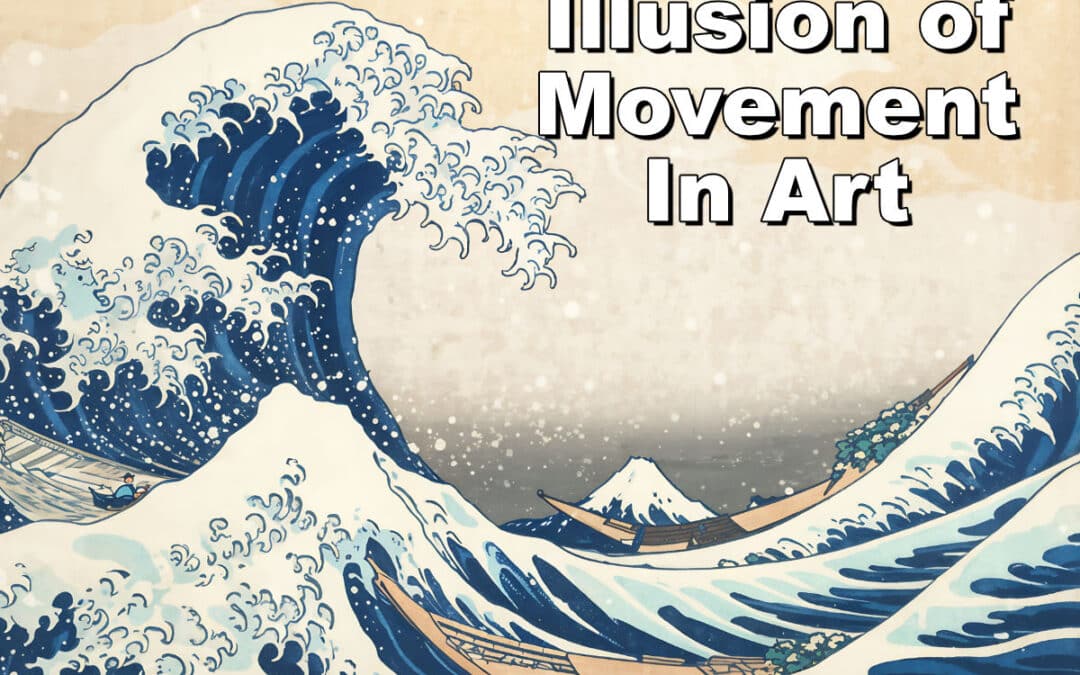
What a great tutorial! Although I’m working on a painting now that can’t use the techniques, my next effort will be to try and use some of these techniques.
This brings back very good memories…
I look forward to seeing your artwork Donald
Wow Annie, I don’t recall seeing this artwork of yours, it amazing!!! What a fabulous rendition of this work and the stippling really does give you the illusion of tons of movement

@nolan59 It win the monthly contest at beginning of pandemic 😉
@ayau
congratulations!!! Awesome!
Wow this te texutre makes this image really come to life! Annie I Love it!
and it deserved to. Congrats Annie